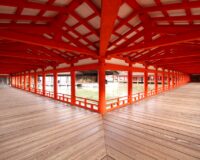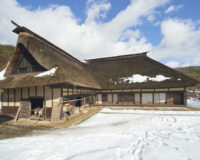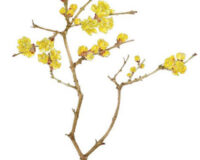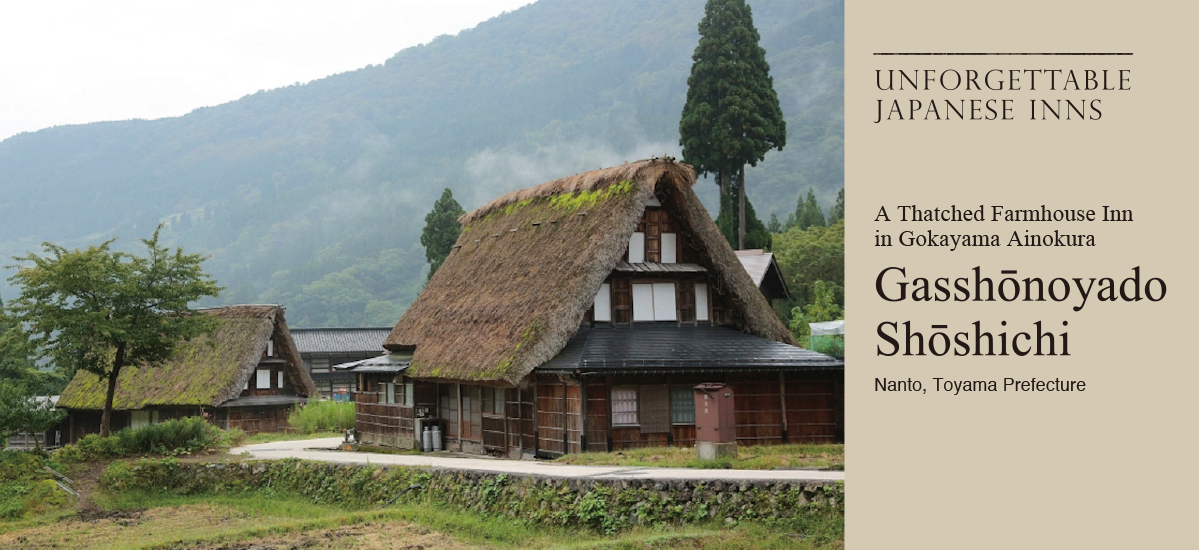

Imagine staying in a thatched Japanese farmhouse nestled in a mountain hamlet brimming with old-world charm. Not only is the village of Ainokura the quintessential traditional Japanese village, it’s also part of the UNESCO “Historic Villages of Shirakawa-gō and Gokayama” World Heritage Site, and filled with gasshō-zukuri thatched farmhouses – some of which offer minshuku-style lodgings. We spent the night at one such family-run farmhouse inn, Gasshōnoyado Shōshichi.
Text : Sasaki Takashi / Photos : 平島 格 Kaku Hirashima / English Version : Judy Evans
Keyword : Farmhouse / Japanese Inn / Shirakawa-gō / Gokayama / Thatched Roof / gasshō-zukuri / Minshuku
Fireside Conversation at a World Heritage Site Gasshō-zukuri Inn
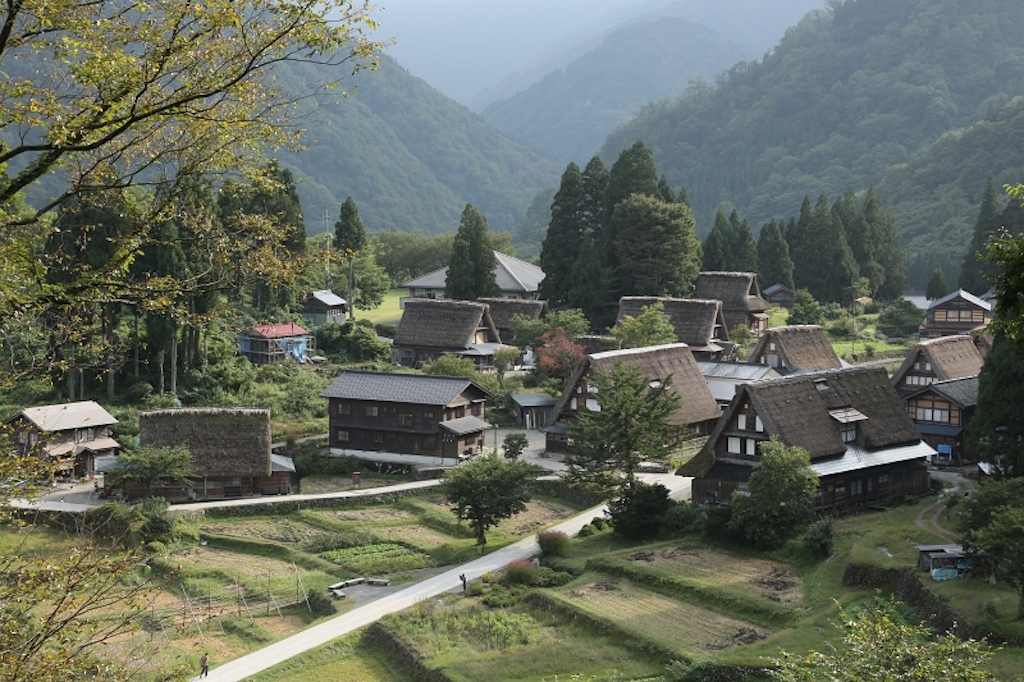
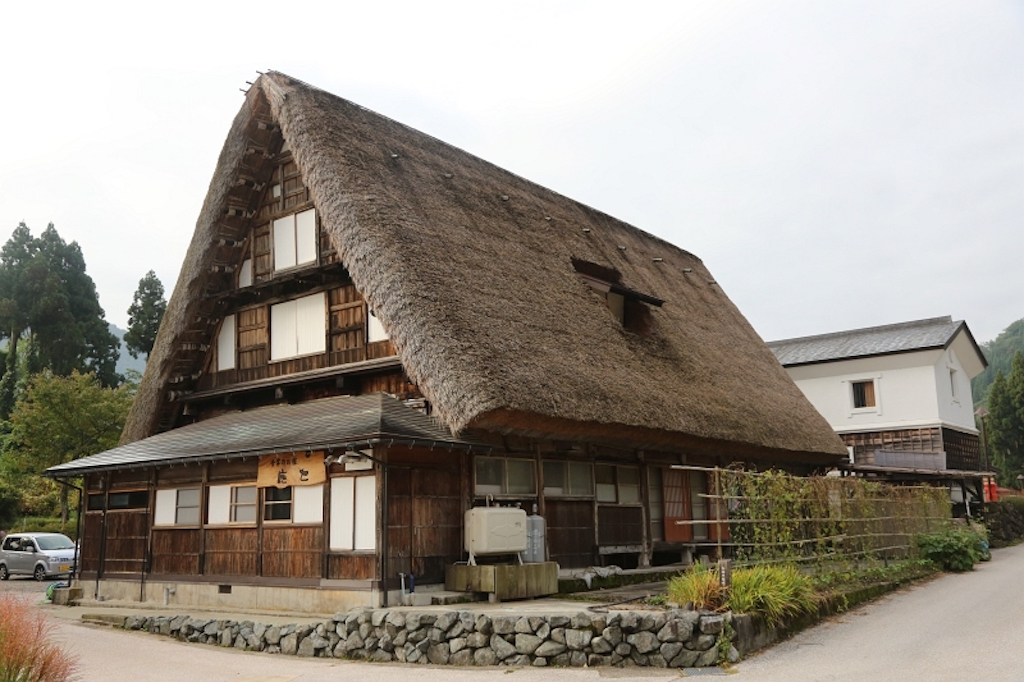
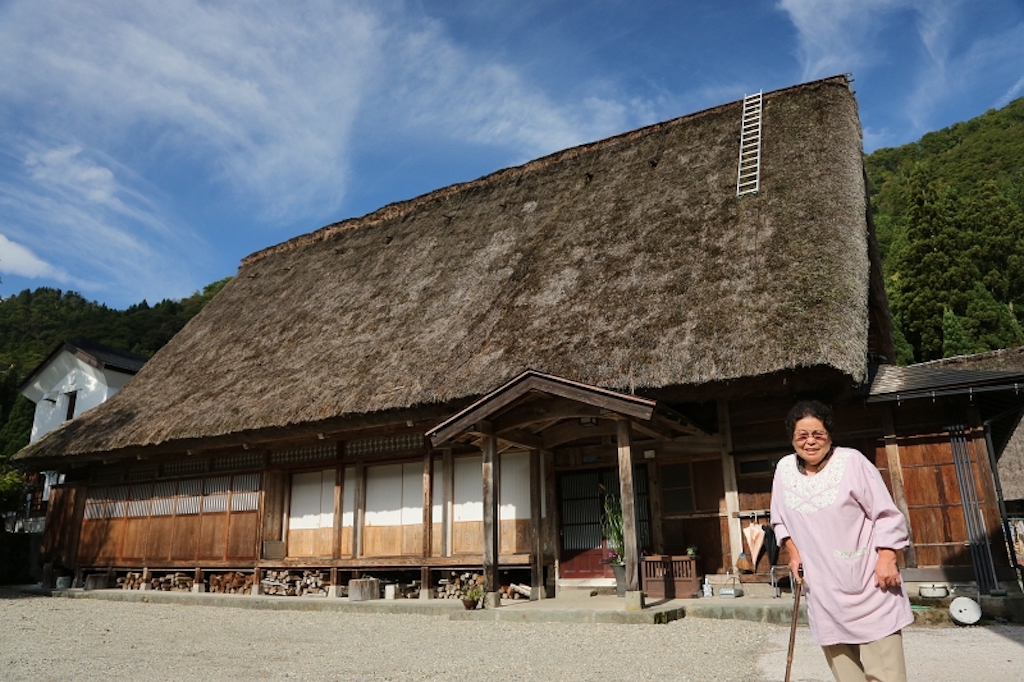
Gasshō-zukuri thatched farmhouses are named for the shape of their steeply-pitched roofs. Gasshō refers to a pair of hands pressed together in prayer. Not only does the steep pitch help to shed the snow that falls so heavily in these mountain valleys, the attic space, divided into several levels, is where villagers once earned a living raising silkworms. Sericulture was a valuable source of income up here in the mountains, where farmland is in short supply.
Ainokura is one of several small villages in the Gokayama district of Nanto, located in the southernmost part of Toyama Prefecture. Gokayama lies close to the border with neighbouring Gifu Prefecture, which is where Shirakawa-gō is located. Ainokura, with its population of less than one hundred, is a tiny hamlet entirely surrounded by mountains.
As part of the “Historical Villages of Shirakawa-gō and Gokayama” World Heritage Site, Ainokura boasts twenty-one original gasshō-zukuri houses. Our lodgings for the night, Gasshōnoyado Shōshichi, is a minshuku (small, family-run inn) and one of several popular thatched farmhouse minshuku found in the Shirakawa-gō and Gokayama areas. The attraction is not only being able to stay in a 200-year-old farmhouse and experience life in an unchanged traditional village, it’s also being able to do this at a renowned World Heritage Site.
The Luxury of Staying in a Gasshō-zukuri Farmhouse
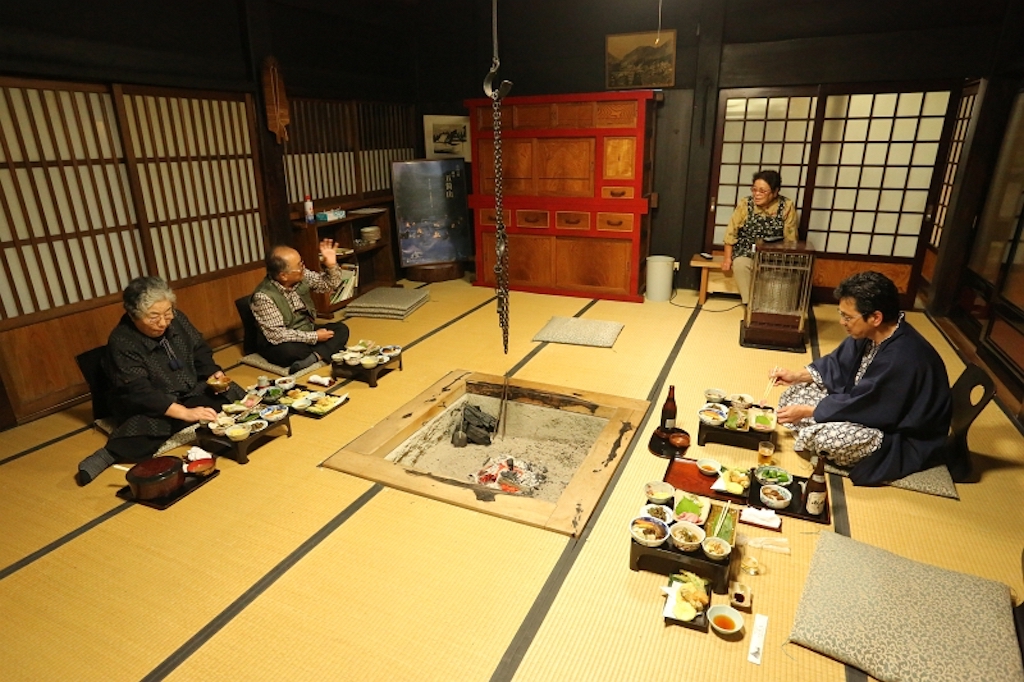
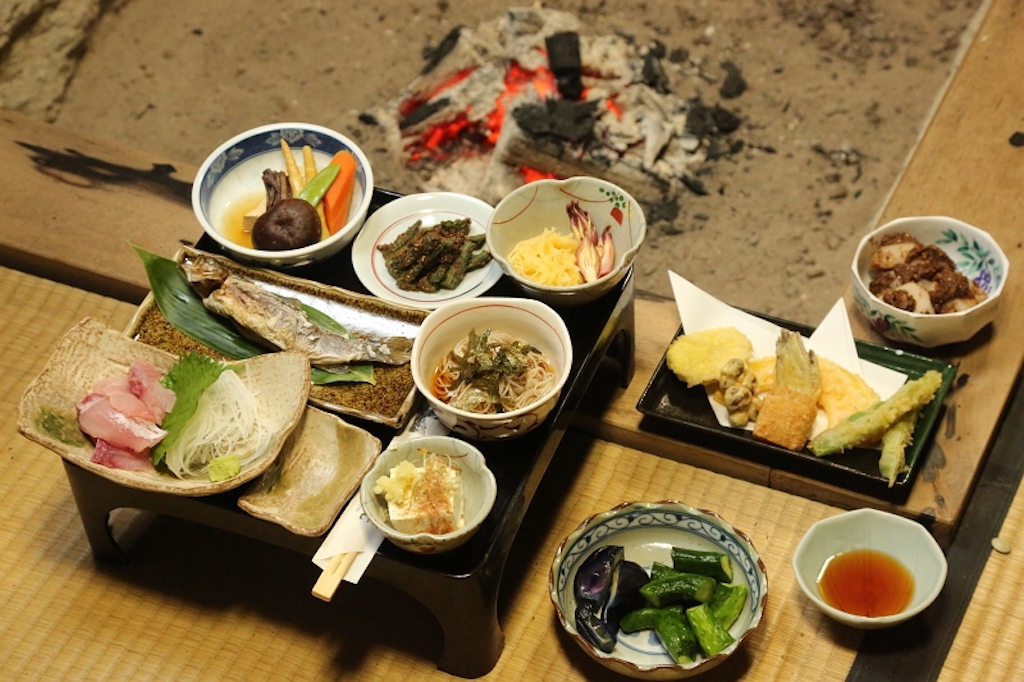
Dinner at Shōshichi was a hearty feast of grilled iwana (trout), garden-fresh vegetables, homemade pickles and seasonal wild-harvested mountain vegetables. Just as enjoyable as the excellent food was the chance to sit around the traditional irori hearth with our very amiable host, Yoshikimi Ikehata, and his wife, Kiyo san. Listening to their tales of long ago, we felt as though we were once again children, visiting our grandparents.
“There’s a one-metre-high crawl space under the gasshō houses around here,” said our host. “Do you know what that’s for?” Relaxing by the irori after dinner, he went on to explain. “During the Edo Period, they used to make saltpetre in Ainokura, which was part of the Kaga Domain. By the way, the neighbouring district of Shirakawa-gō was part of the Shōgun’s domain. It was forbidden to make saltpetre, so they used to do it hidden under the house so that the Shōgun’s officials wouldn’t find out.”
The production of saltpetre, the main ingredient in gunpowder, flourished in Shirakawa-gō and Gokayama. The ingredients included mugwort, millet husks and silkworm droppings, which were mixed together and left buried under the houses for around five years. Saltpetre was produced as the result of bacterial activity over time. Given that very little rice could be grown in this area, some historians believe that it was actually this hidden gunpowder industry that enabled those living in these remote mountains to build such magnificent houses.
In times past, Shōshichi would host school groups of forty or more pupils and their teachers, but they have now settled on a maximum of ten guests per night and no more than two groups at once. Kiyo san explains that as she and her husband grow older, it becomes harder to cook and cater for large groups. On the bright side though, the new arrangements offer them the chance to slow down a little and get to know their guests.
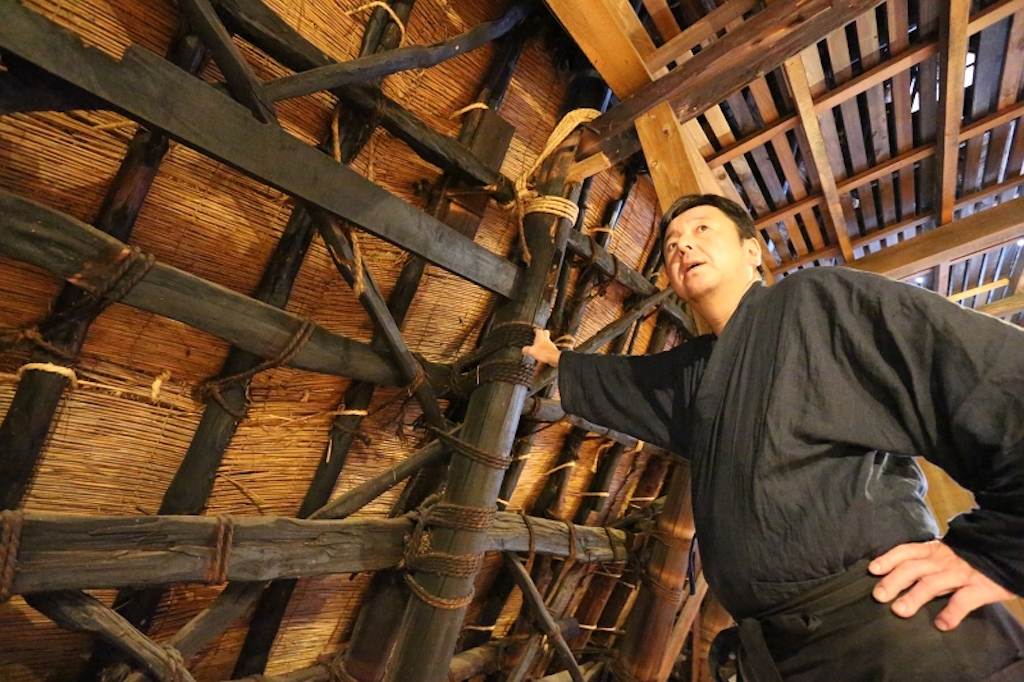
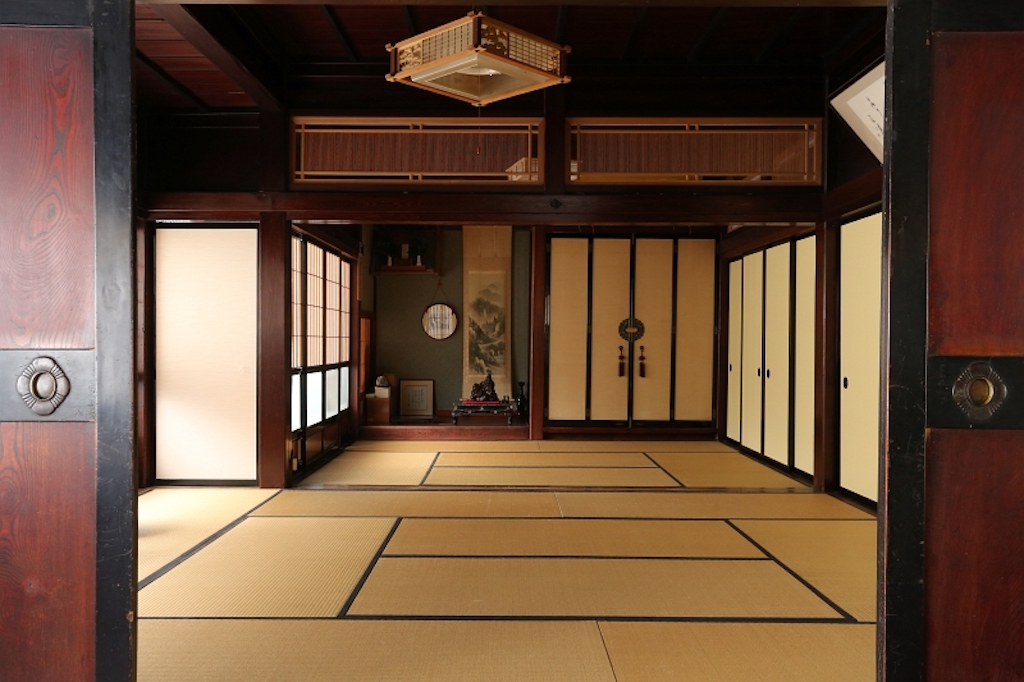
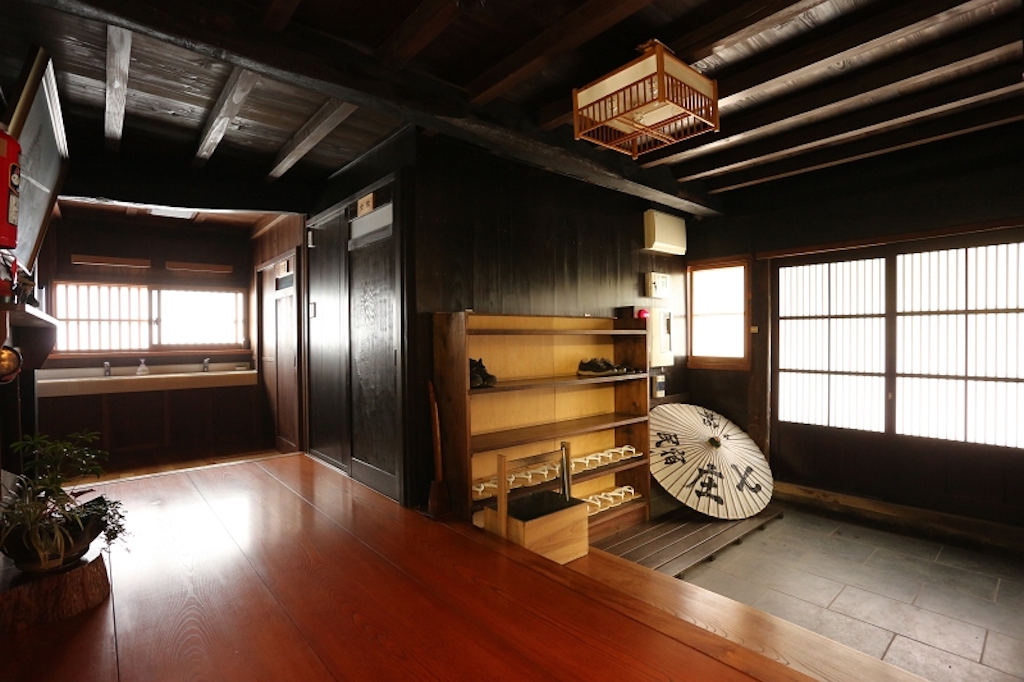

World Heritage Site, the Historical Villages of Shirakawa-gō and Gokayama.
Three gasshō-zukuri villages in Shirakawa-gō and Gokayama were together registered as a World Heritage Site in 1995. At that time, there were only three other World Heritage Sites in Japan: Hōryūji Temple; Himeji Castle, and the Historic Monuments of Ancient Kyoto. The World Heritage registration of three villages (Suganuma and Ainokura in Gokayama, and Ogimachi in Shirakawa-gō) where ordinary people went about their daily lives was unprecedented in Japan.
Among the protected gasshō-zukuri houses there are currently sixteen gasshō-zukuri minshuku in Shirakawa-gō, while in the Gokayama district, there are seven in the hamlet of Suganuma and two in Ainokura.
https://www.syo-7.jp/e/index.html
Gasshōnoyado Shōshichi
Number of Guest Rooms: 4
Rates: From 12,600 yen per person per night (weekdays)
Access. By train and bus: 25 mins by bus from Jōhana Station on the JR Jōhana Line. By car: 12km/20 mins from Gokayama Interchange on the Tōkai-Hokuriku Expressway



